JDAM in Wonderland
The UAE (United Arab Emirates) ordered 4900 US JDAM (Joint Direct Attack Munition) kits for GPS and laser-guided bombs. JDAM kits convert 500 pounds (227 kg), 1000 pounds (455 kg) and 2000 pounds (910 kg) unmanaged bombs into high-precision smart bombs. Interestingly, the 600 of the ordered kits are for 2000-pounder BLU-109 - ground penetrating anti-bunker bombs. Most (3000) are designed for GBU-500 XNUM-pounds bombs. Iran is the cause of this purchase and, most likely, the goal.
The UAE’s armed forces are small, about 65 are thousands of people, and many of them (the exact number is kept secret, but about a third are thought to be) are foreigners with UAE citizenship. Most of the eight million people living in the UAE are neither citizens, nor even Arabs. About 20 percent of the population of the UAE are citizens, and only about ten percent of the total population are Arabs. The majority (80 percent) are foreigners, mainly from South Asian countries (Pakistan, Bangladesh and India). The rest are from the West, from Africa and Iran. This is not unusual for the oil-rich countries of the Persian Gulf.
The problem is that the oil wealth over the past sixty years has changed the way of life and aspirations of citizens. Arab citizens of the UAE have become very picky when it comes to jobs. Most jobs do not satisfy even poorly educated young people. Thus, the majority of UAE citizens prefer the civil service, where work is easier, pay well, sounds prestigious, and life is more boring. In the non-governmental sector of the economy, 99 percent of jobs are occupied by foreigners. The owners are often citizens, but the workers are almost always foreigners. Most of them are men, resulting in almost 70 percent of the UAE’s population being men. The unemployment rate among citizens is 23 percent, but only a tenth of them are actually looking for work. The study showed that the majority of the unemployed are of their choice. Unemployment benefits are so generous that no one has any incentive to do something crazy, like, for example, join the armed forces.
While thousands of airplanes, helicopters, armored vehicles and other high-tech systems have been purchased by the UAE in the last decade and look very impressive, the actual impact of all this deadly weapons depends largely on the skill of those who use it. In this section, the UAE has a number of serious problems. And, as a rule, in the UAE it is very difficult to even raise this situation for discussion. However, the purchase of high-tech weapons shows that the UAE want to get the most out of the few UAE citizens who serve in their army. Most pilots of their X-NUMX F-155 fighter-bombers are UAE citizens, and these aircraft will be the main weapons used to repel an Iranian attack.
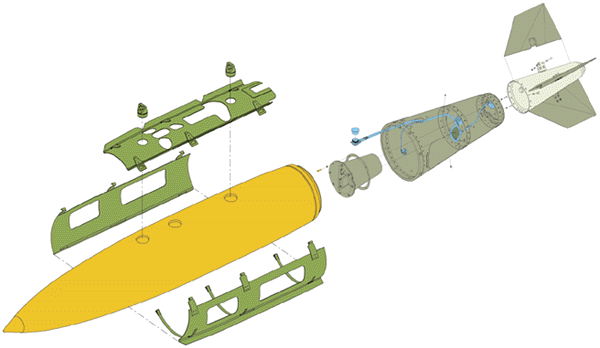
The UAE military commanders have observed the use of JDAM over the past decade and decided that this is the decisive weapon that the UAE should have. Each F-16 UAE can carry four JDAM per departure. With JDAM, UAE aircraft could attack Iranian bases on the other side of the Persian Gulf and destroy Iranian airborne, air, and missile forces. This plan apparently assumes that the United States will also participate in this, disabling Iranian radar systems and destroying anti-aircraft missile systems.
But the main weapon of attack will be smart bombs. JDAM was developed in 1990's, shortly after the GPS network began. These weapons were commissioned on time for the 1999 campaign in Kosovo and proved so successful that their use did drastically reduce the number of bombs dropped and the number of bombers required. Air Force generals are still trying to figure out what all this will lead to.
After the invasion of Iraq, the United States Air Force set a sharp increase in JDAM production, seeking to get 5,000 JDAM per month. In the end, they needed a lot less. In 2005, about 30 thousands of JDAM were ordered. That figure dropped to 11,605 in the 2006 year and 10,661 in the 2007 year. In 2008, only 5,000 kits were ordered. Most of the kits ordered in the last few years are stored. In fact, only a few thousand per year are used, and this includes those used during the exercise. There are more than 100,000 kits in storage that will be used in uncertain, but large future conflicts.
The appearance and influence of JDAM was unexpected. Although guided bombs first appeared at the end of World War II, they did not actually become the driving force until the advent of laser-guided high-precision bombs developed in the 1960's. Ten years later, remote-controlled bombs were commissioned. But these guided bombs were too expensive, costing more than $ 100,000 per bomb. Even in the Gulf War on 1991. Only 16 percent of 250 thousands of dropped bombs were manageable. However, later, thanks to analyzes of the fighting, it turned out that 75 percent of the actual damage was caused by the guided bombs. Guided bombs were still too expensive, and lasers were blocked by many weather conditions (rain, fog, sandstorms). Something new was needed to completely replace stupid bombs. The solution was GPS-controlled bombs.
In 1991, the GPS system was just commissioned. There was already something like JDAM in the plans, but no one was sure that it would work. As soon as the engineers got down to work, it turned out that JDAM not only works, but costs half ($ 18,000 for the bomb) from what the air force expected ($ 40,000 for the bomb or about $ 53,000 adjusted for inflation).
Thus, in 1996, JDAM production began. During their first use in Kosovo, 98 percent of the available JNAM 652's that hit their targets was used. In 2001, JDAM proved to be the perfect weapon to support several hundred special forces and US CIA personnel in operations in Afghanistan. JDAM turned out to be more accurate and efficient than expected. By January 2002, the United States had spent about half of its stock, dropping 10,000 JDAM in Afghanistan.
In 2003, 6,500 JDAM was used during the three weeks of the invasion of Iraq. Since 1999, American aircraft have used less than 25,000 kits. Newer versions added more features. The latest versions have become even more accurate, capable of putting half the bombs within a radius of ten meters from the aiming point. JDAM is pretty durable. F-22 dropped a half-bomb JDAM from a height of 16,100 meters when driving at a speed of more than 1,500 kilometers per hour. The UAE expects custom-made F-16 and well-trained pilots using JDAM to do a lot of damage. Although well trained UAE pilots are not of sufficient quality. This is because they come from a very small population (about 1,6 million citizens of the UAE) and supported by a large number of foreign instructors and aircraft technicians. Some of the pilots are foreigners who are hired for their skills and pay well for their loyalty in wartime. This is not an ideal air force, but with the adoption of the JDAM, they will become more destructive.

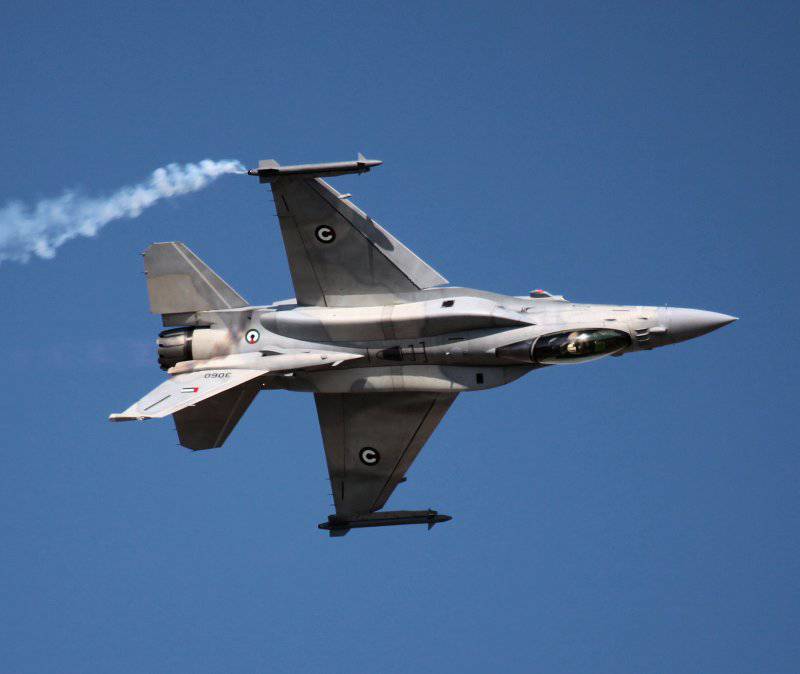
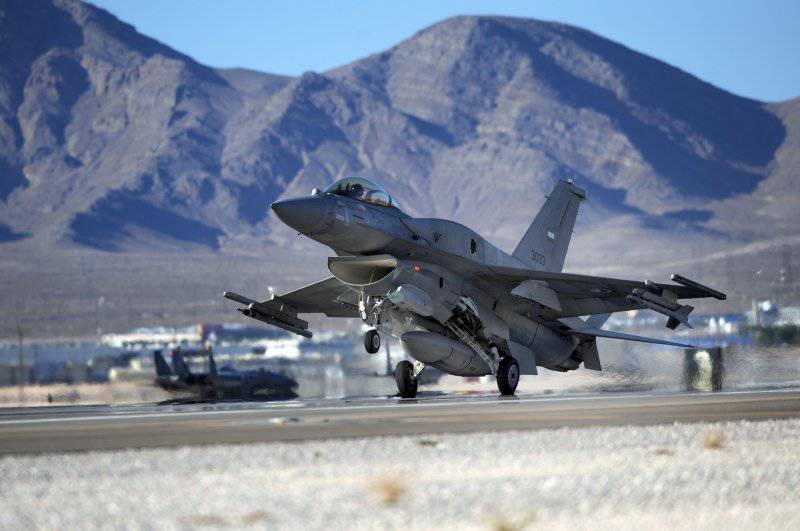
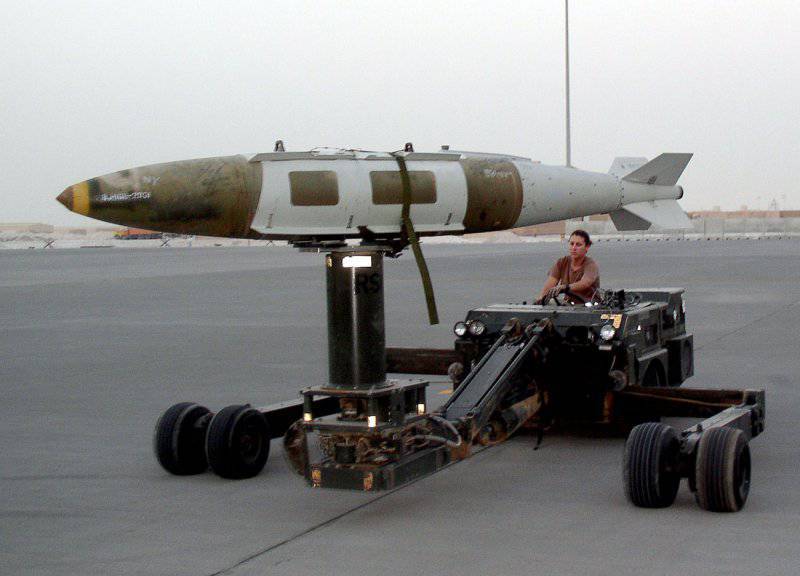
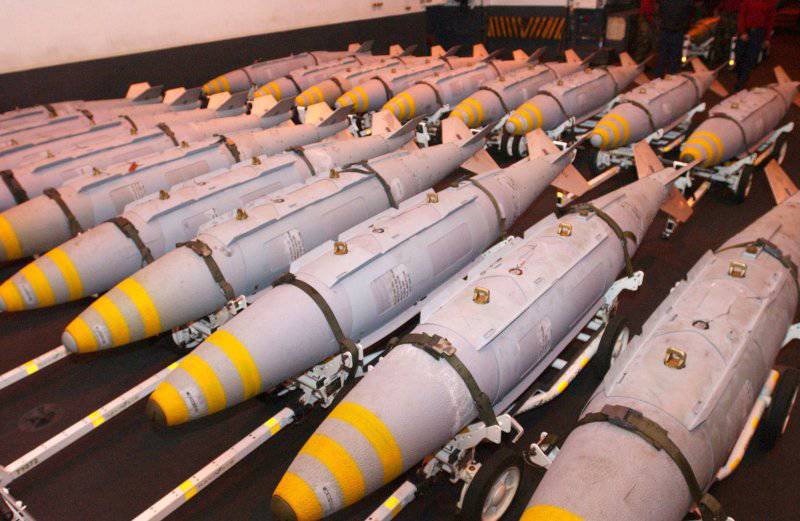
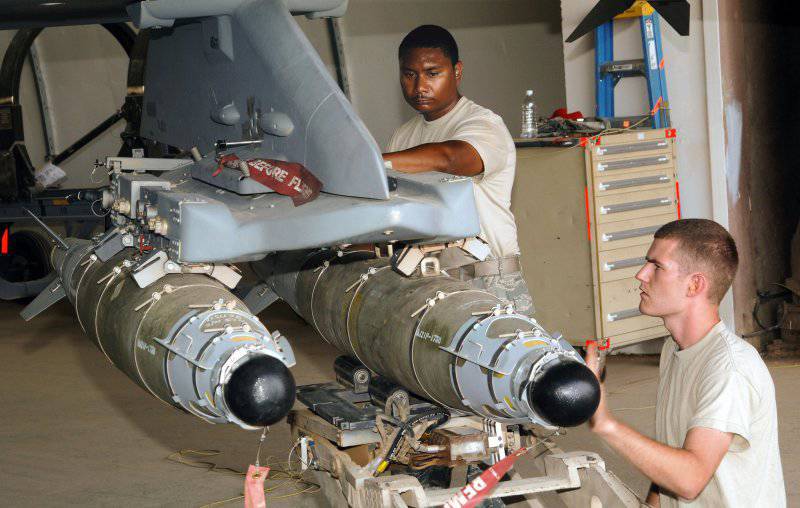
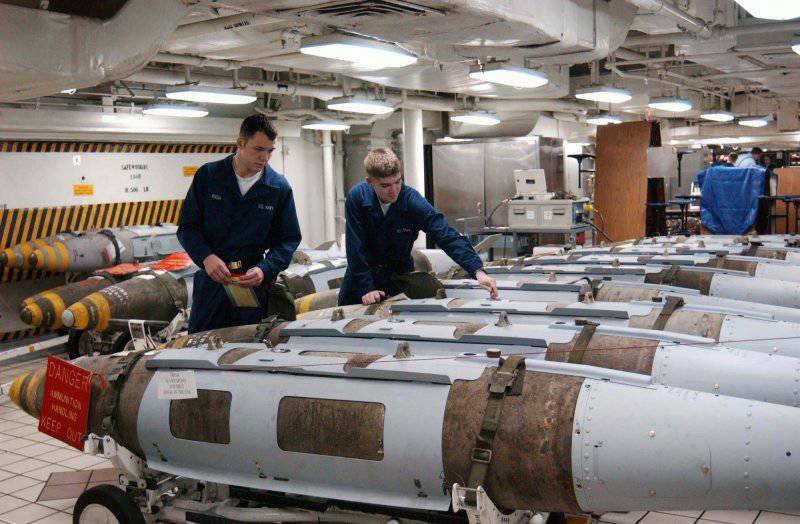
Information